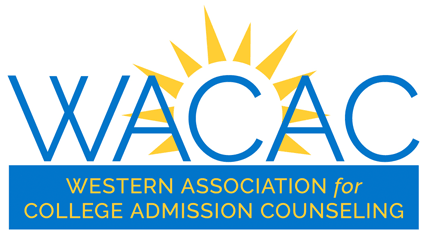There is a growing concern that community colleges up and down the state are de-emphasizing the value and importance of Transfer Centers. This is of great concern, particularly in today’s environment of community college reform, where we have seen significant legislative changes aimed at increasing the educational outcomes of our students. With the many transformational changes that our institutions are facing, it is critical that we continue the work of key programs that have greatly impacted our students and their success. The Transfer Center is one of those key programs.
As we know, the mission of Transfer Centers are to strengthen the transfer function and to increase the number of California Community College students prepared for transfer to baccalaureate-level institutions through the coordination of college transfer efforts. In addition, Transfer Centers were charged with the development and implementation of strategies designed to enhance the transfer of low-income, disabled and first-generation college students.
In a perfect world, transferring to a four-year institution would be a simple and straight-forward process for our students. Unfortunately, higher education is a very complex system that can be very difficult for our students to navigate even with the recent legislative changes such as the 1440 degrees. With numerous variables at play, such as defining a students’ educational goal (which we know often changes), their educational history, and the great differences between, and the continual changes that take place within our educational institutions throughout the country, it is critical that our transfer centers stay abreast of these changes to provide our students with the most consistent and accurate information possible to assist them in reaching their educational dreams and goals.
In looking at recent research, such as the RP Group Study entitled, “What students say they need to succeed,” five distinct themes emerged from student feedback regarding their efforts to achieve their educational goals. One of those themes is to recognize the important role the entire college community plays in student success, with an emphasis on the need for faculty leadership. As mentioned earlier, a component of the mission of a Transfer Center is to coordinate college-wide transfer efforts throughout the campus community. It is imperative that Counseling Faculty and the Transfer Center serve as the hub for this function, making sure that all Counseling Faculty (full-time and adjunct) have the latest and most accurate information in order to best advise their students, and to keep instructional faculty informed and involved, as they may be the first point of contact and referral point for many students within our institutions.
With many of the recent legislative changes, we have also seen a great deal of emphasis on the accountability of the success of our institutions. Many of the metrics of the scorecard will be directly impacted by the transfer success of our students. Whether it’s through student progress and achievement, their ability to complete 30 units, move from remedial to college level courses and/or persist from one term to the next, a student’s transfer success is intertwined throughout these metrics. In addition, as stated in the Task Force Recommendations, these measures will be disaggregated by race/ethnicity to aid our system in understanding how well it is performing in educating those historically disadvantaged populations. This includes increasing the number of students from all demographic and socioeconomic subgroups who attain a certificate, complete a degree, or transfer to a four-year college or university. As such, improving overall completion rates and closing achievement gaps among historically underrepresented students. Transfer Centers play a significant role in this work, as they are charged with the development and implementation of strategies designed to enhance the transfer of low-income, disabled and first-generation college students. Thus Transfer Centers have a vital role to play in the success of our institutions, building equity, and serving and tracking the success of these populations.
Transfer Centers have played a key role in student success for years. All of the recent legislative changes have only heightened the need for institutions to place targeted resources in support of the transfer function, and to maintain a hub, where all students, faculty and staff can go for the most recent, consistent and accurate information in support of our students and their transfer success. Please help create the language needed to support Transfer Center’s under the Student Success bill.
For more information, please visit: http://extranet.cccco.edu/Portals/1/SSSP/Transfer/Policy/rec_trans_guidelines_final_2014.pdf
By Adolfo R. Mercado
Director of Breakthrough
Sacramento Country Day School
